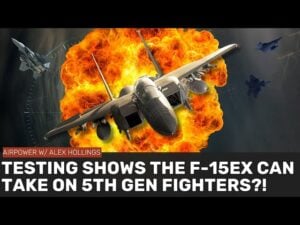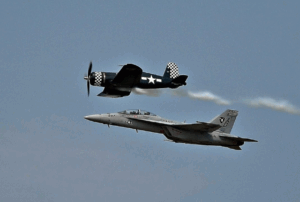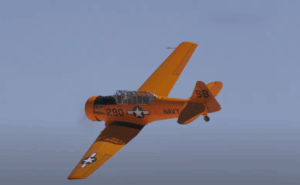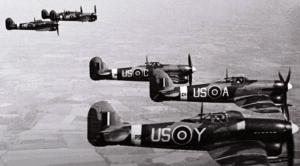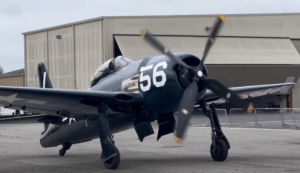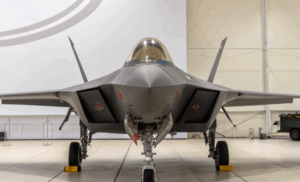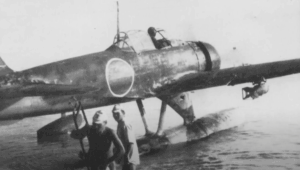This Only Happened Once in All of WW2
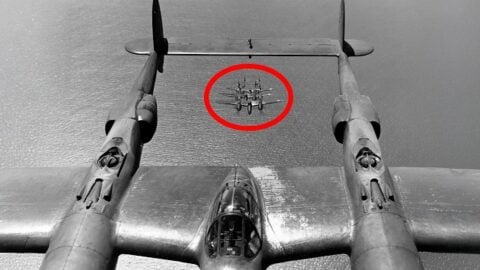
YouTube / Dark Skies
The Soviet convoy moved confidently through the Yugoslav countryside, red banners flying in celebration of the Revolution’s anniversary. It was 1944, and with the Luftwaffe gone, the skies seemed safe.
Then, twin-boomed fighters appeared over the ridge and dove toward the column. Confused soldiers waved red flags, trying to signal they were allies. The planes didn’t stop.
Cannon fire erupted. Vehicles exploded. General Kotov’s car went up in flames. At nearby Niš airfield, Soviet fighters scrambled. Captain Koldunov took off and raced toward the attackers. Through his gunsight, he froze, not at a German cross, but at a white star. It was the U.S. Army Air Force.
From confusion to chaos
On November 7, 1944, a tragic incident unfolded near Niš, Yugoslavia, when U.S. Army Air Forces fighters mistakenly strafed a Soviet vehicle column belonging to the Red Army. Believing the convoy to be German, the American aircraft opened fire, killing over thirty Soviet soldiers on the ground. The attack triggered an unexpected air battle as Soviet Yak-9 fighters scrambled to defend the column and engaged the American P-38 Lightnings.
In the ensuing dogfight, two P-38s and two Yak-9s were shot down, while a third Yak-9 was accidentally downed by Soviet anti-aircraft fire. Among the casualties on the ground was Lieutenant General Grigory Kotov, a senior Soviet officer, whose death escalated the incident into a serious diplomatic crisis.
Crafting Histories
Both superpowers concealed the incident from public knowledge during and in the war’s aftermath. Despite the tense situation, the matter was ultimately resolved when the Soviet Union accepted the United States’ explanation that the attack was a tragic mistake, resulting from navigational errors and battlefield confusion. Instead of acknowledging the involvement of the Americans, they instead attributed General Kotov’s loss to “enemy aviation.”
This secrecy served several key purposes: it prevented Nazi Germany from exploiting the incident for propaganda about Allied disunity, helped maintain morale among the troops, and avoided straining the already fragile coalition fighting against the Axis powers.
The incident stayed mostly hidden until the 1960s when the Khrushchev Thaw allowed greater openness. During this period, Soviet officers began publishing memoirs that referenced the event. In their accounts, the incident was framed as an unprovoked assault by two groups of American aircraft, which they claimed carried out bombing runs on Soviet forces. They referred to it as a “provocative raid by Allied aviation.”
Aftermath
288th Fighter Aviation Division Commander Boris Smirnov published memoirs claiming that he found a map of a neutralized American pilot that designated Niš as a target, implying that the attack had been deliberate instead of accidental. Sources from the Soviet Union claimed that three Soviet aircraft were lost against four American planes eliminated.
Meanwhile, American accounts reported four Soviet pilot aircraft and two P-38s destroyed. By the start of the 2010s, the Russian government-sponsored efforts to memorialize the incident. A Russian design monument commemorating the Soviet personnel that were lost in the incident was unveiled in Niš in 2015. Then, a second monument was unveiled on Victory Day 2022 with the Ambassador of Russia describing it as preserving the “memory of the heroes and the combined struggle against Nazism.”














